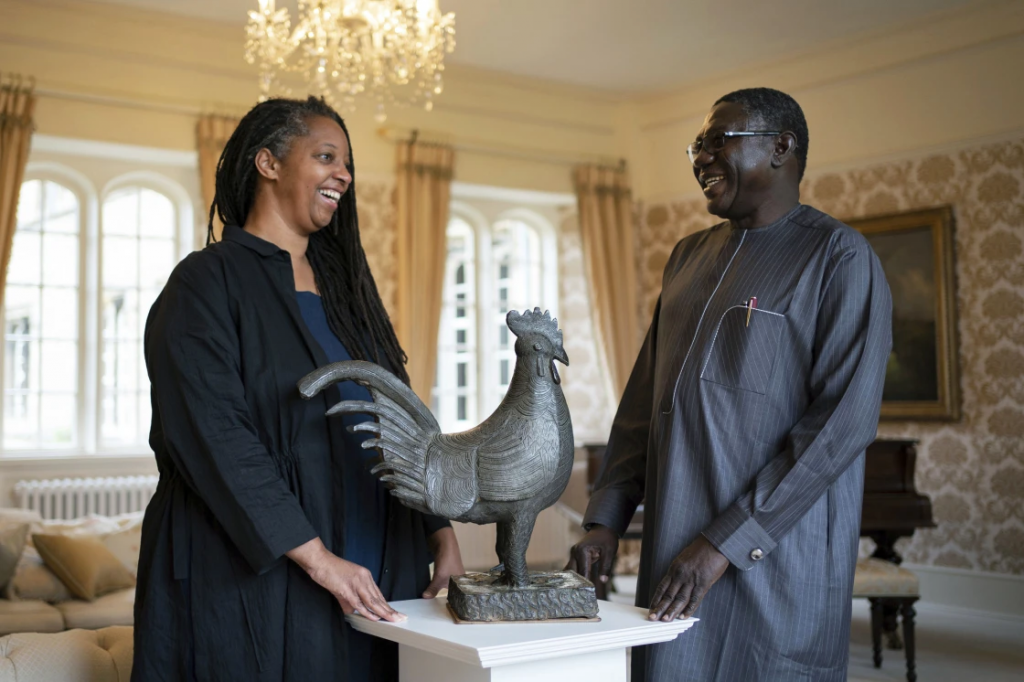On the week of Oct. 27, multiple European institutions officially returned looted African art. Jesus College of Cambridge became the first institution in the United Kingdom to return one of the Benin Bronzes, famous bronze sculptures from the Kingdom of Benin, which historically was located in modern-day Nigeria. The University of Aberdeen quickly followed suit. The Benin Bronzes are viewed as some of the most culturally significant artifacts from West Africa, so their ownership has been a highly contested question. A few days later, the Quai Branly Museum also returned 26 unique pieces; however, these 29 pieces are not even close to the 5,000 works Nigeria has requested be returned to them.
Other museums have agreed to return their pieces as well; Germany said that they will begin returning looted artifacts next year. However, there are still many museums who have not publicly declared that they will return artifacts to their country of origin, including the British Museum in London, which has a massive collection of works from all over the world. Many of these artifacts were acquired through colonial conquests. The British Museum has announced their openness to displaying the pieces they currently own in Nigeria, but they have remained silent on the prospect of transferring ownership.
France especially has been a loud voice in Europe that artifacts be returned. French President Emmanuel Macron said in 2017 that it was unacceptable that France should continue to claim ownership of so many looted African pieces. In 2018, he commissioned a report that recommended that French museums return works if they are requested to do so.
Just because a museum has transferred ownership of a piece does not mean that the artifact will be permanently housed by its new owners. Plenty of museums lend their pieces out to be displayed elsewhere in the world. Anyone who has visited a museum might remember seeing advertisements for a special gallery or exhibition; sometimes, these traveling exhibitions cost extra to see. Despite this, even though a piece might travel and be shown all around the world, many have argued that it still matters who has ownership of the piece. As many view ownership as a form of power, this transfer of looted artifacts symbolized an effort on the part of many European institutions to reckon with their colonial history.
This move does not erase the history that has led to this point. However, now that some institutions and governments have been public and vocal about their intentions to give these looted artifacts back to their countries of origin, many have wondered if this may spark a chain reaction wherein beautiful works of art can be a source of pride for their country and a source of beauty for people everywhere.
Sources: NBC, Reuters

